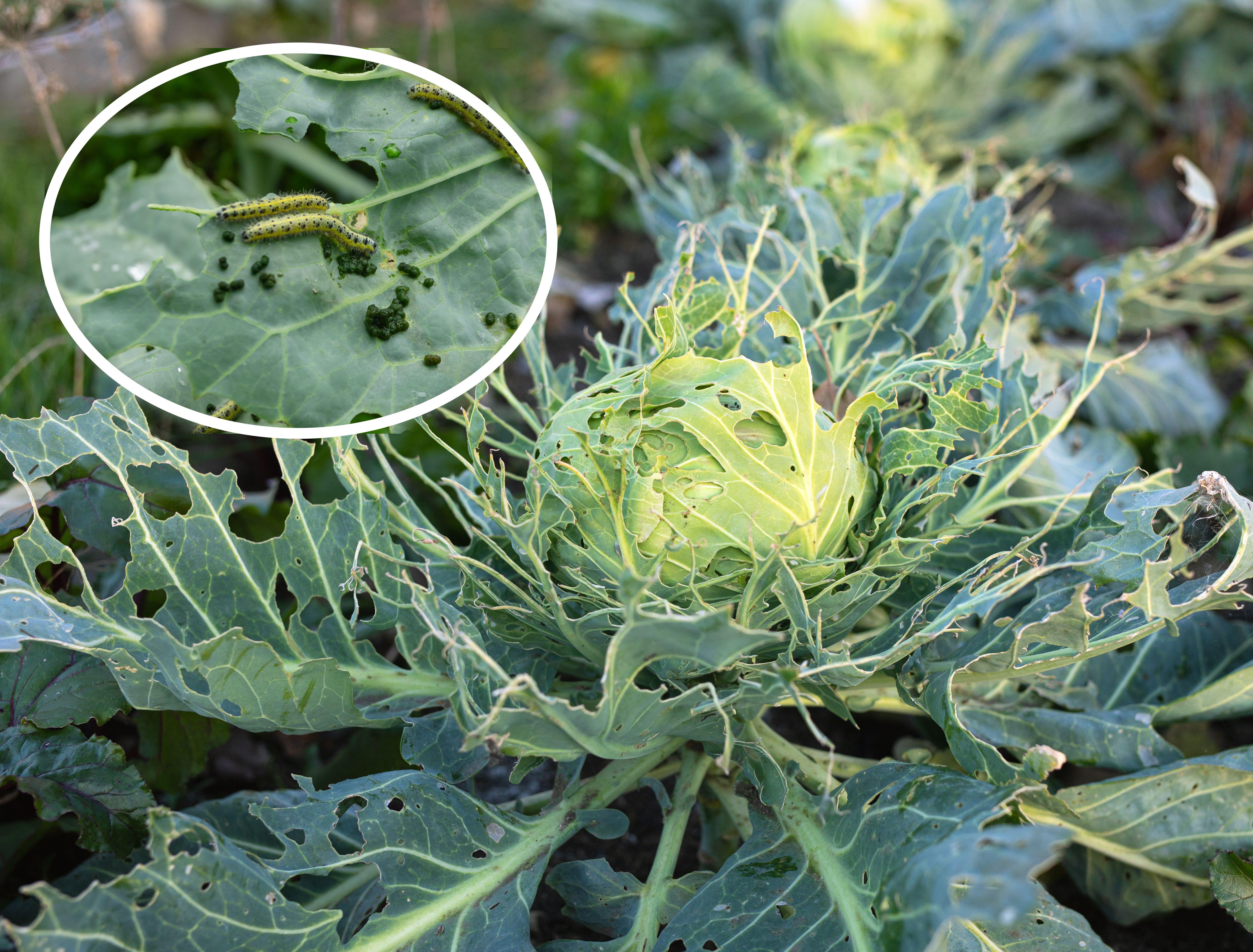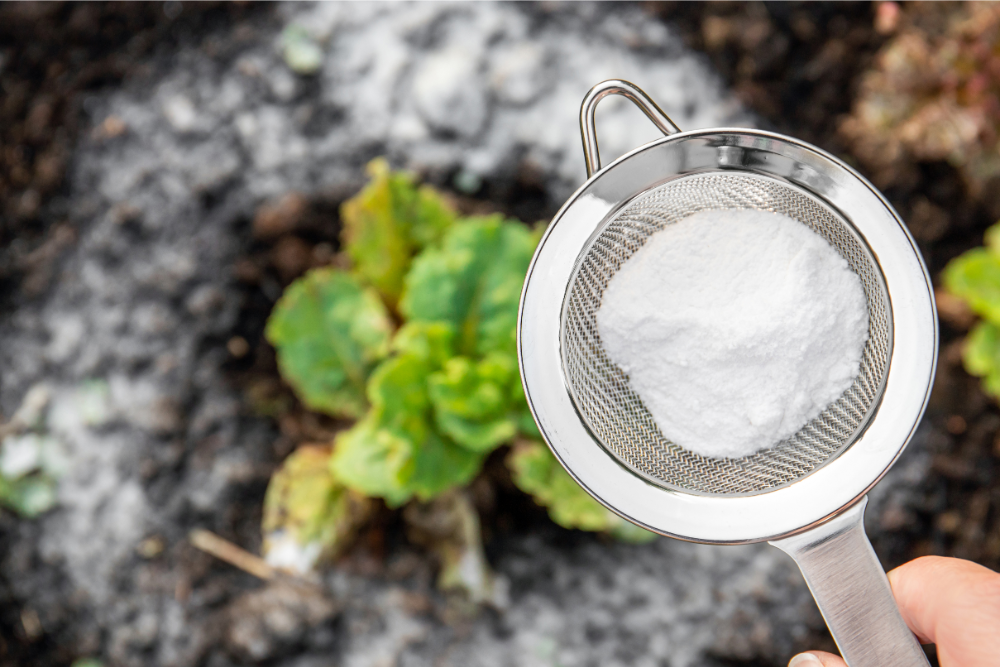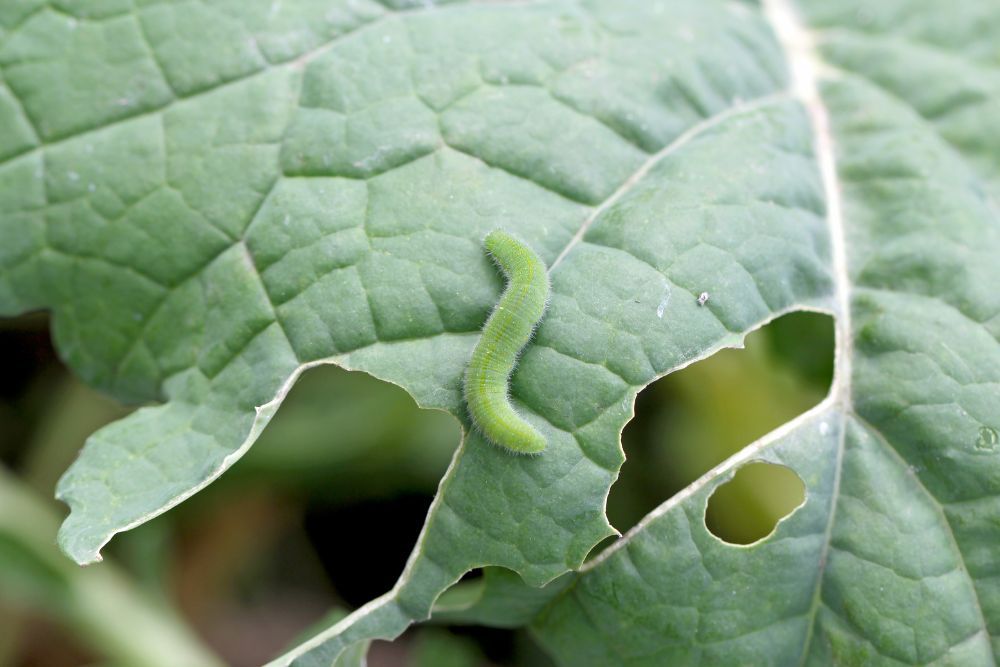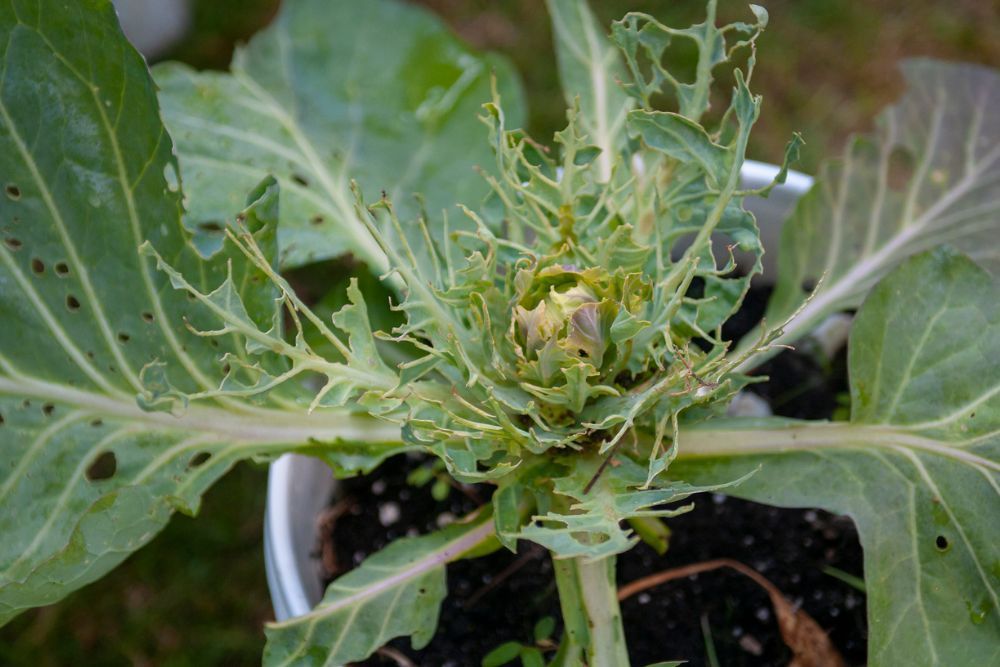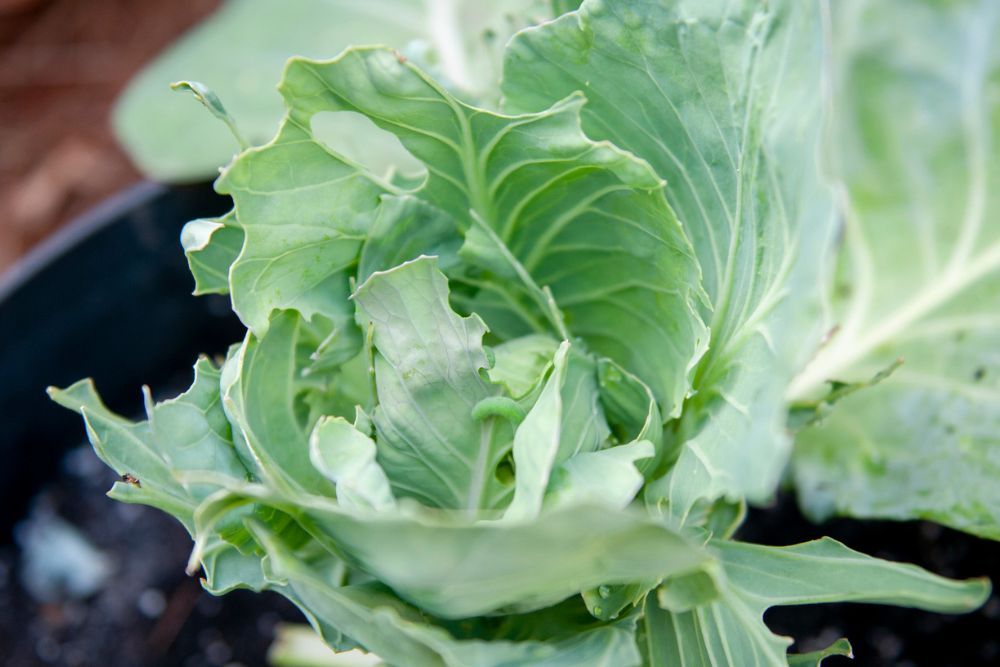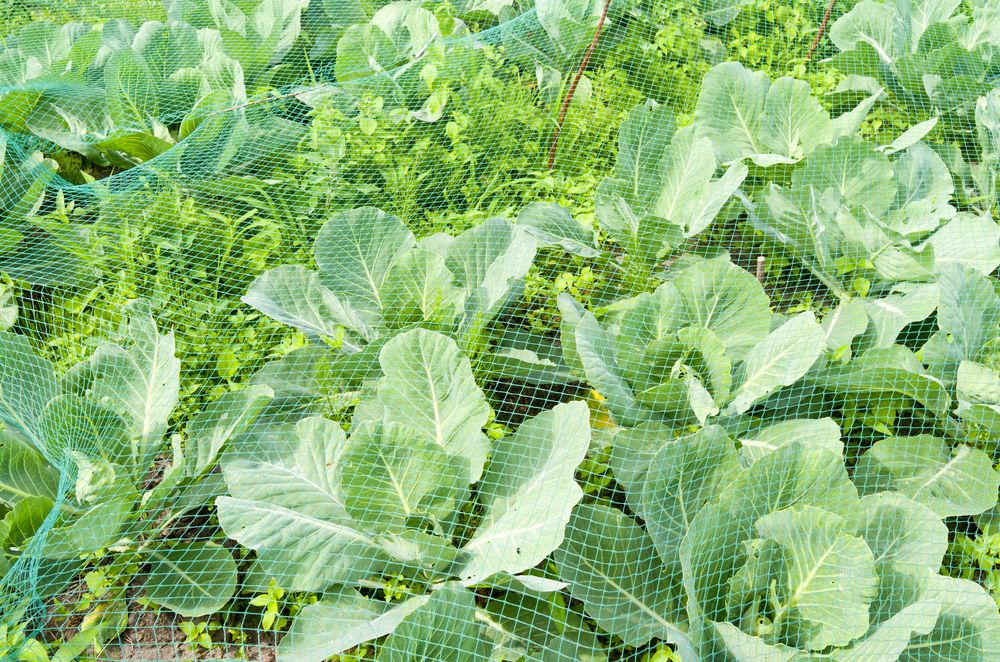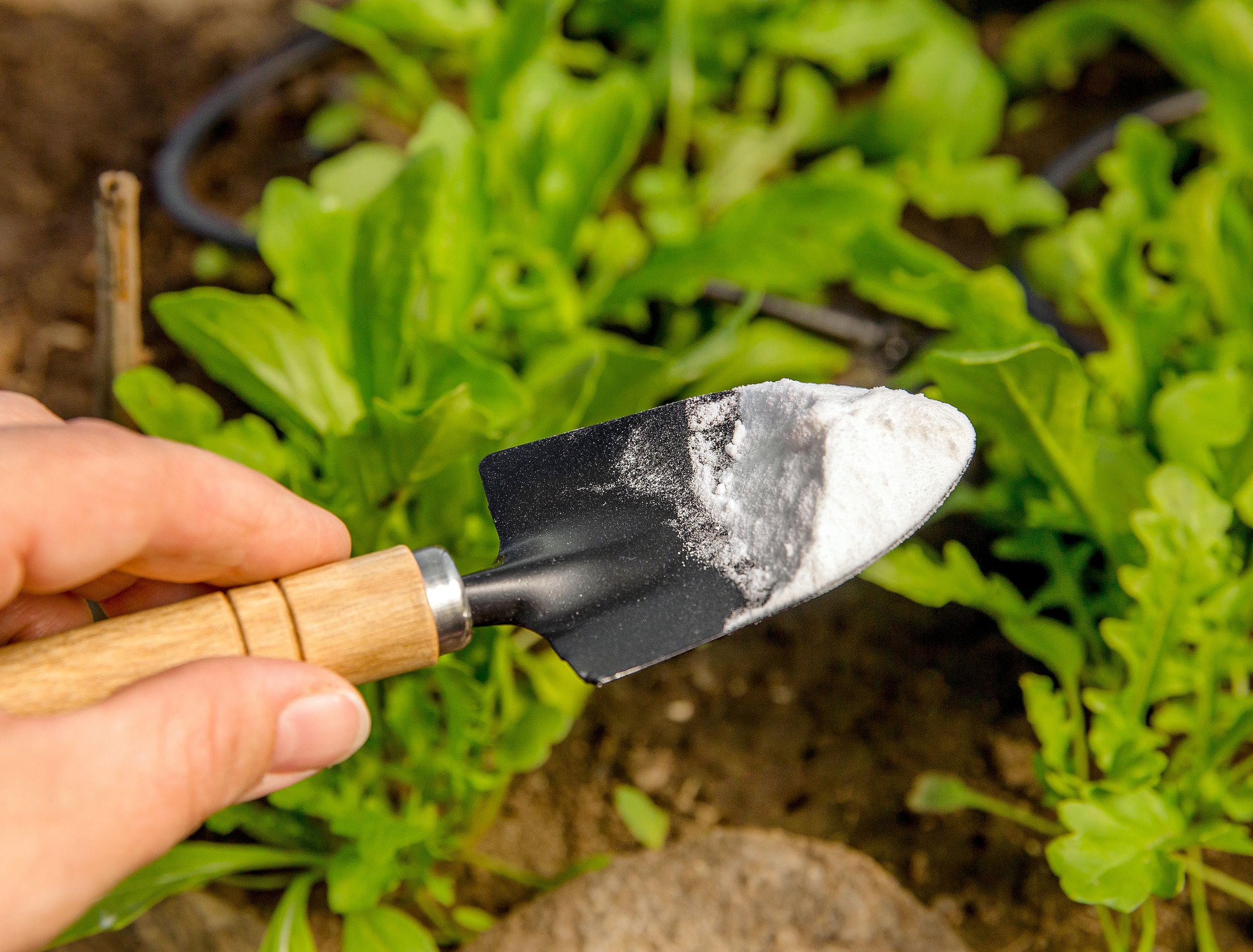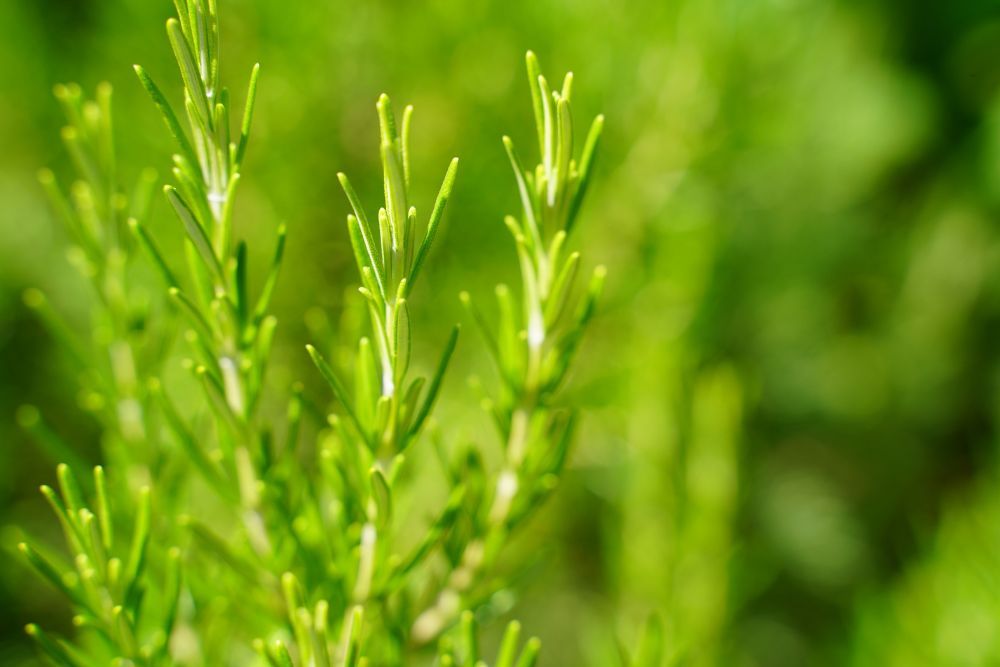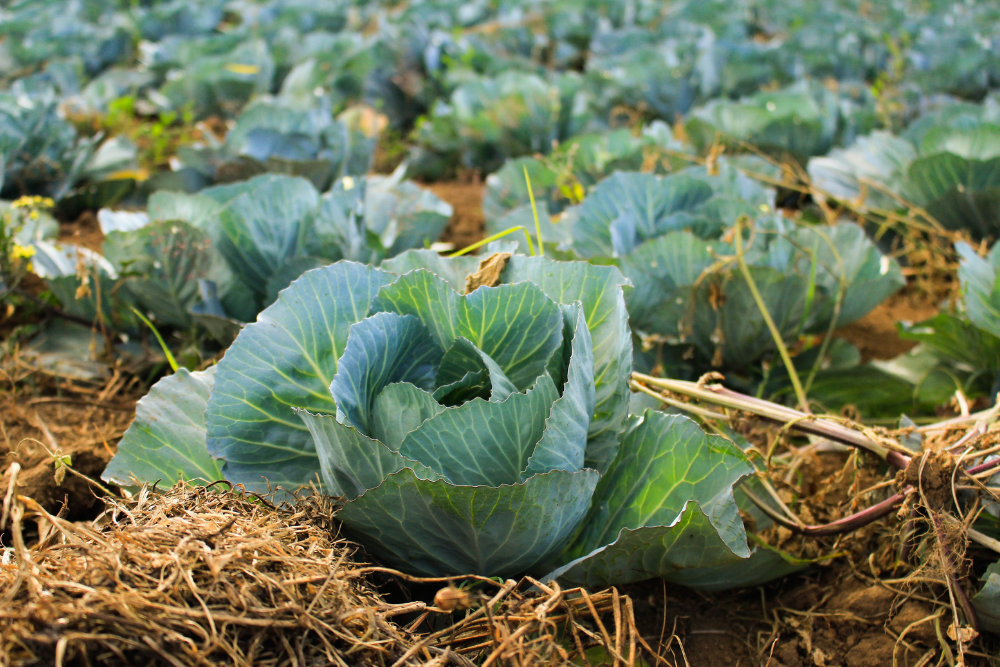Key Takeaways
- Cabbage worms are 1-inch fuzzy green caterpillars that leave extensive holes in the foliage.
- Remove crops with damage and weed your garden to reduce the risk of cabbage worms surviving winter and re-infecting your crops.
- Pick cabbage worms off plants, use garden fabric to prevent adult butterflies from laying eggs, and use a mix of baking soda and flour for pest control.
- Plant thyme as a natural repellent for cabbage worms.
Whether you're cultivating crisp cabbage, scrumptious broccoli, or delicious cauliflower, it's alarming when pests like cabbage worms attack your crops! Also known as imported cabbage worms (Pieris rapae), these pesky garden pests love to munch on foliage in your vegetable garden.
As they eat your produce, they lower the yield in your garden, and can ruin a harvest. Learn how to effectively get rid of cabbage worms, so you can save your crops!
What You’ll Need to Get Rid of Cabbage Worms
Use garden fabric, flour with baking soda, and thyme
Collect a few gardening essentials, so you have everything you need to remove cabbage worms from your garden.
- Garden fabric to cover your garden patch
- Container of soapy water to dispose of garden pests
- Baking soda and flour for pest control
- Salt (optional) as a substitute for baking soda
- Thyme for companion planting prevention
Step 1: Identify Cabbage Worms
Look for holes in the foliage and 1-inch light green caterpillars
You can identify cabbage worms by looking for 1-inch yellow-green, fuzzy caterpillars on cole crops (cabbage, broccoli, cauliflower). After turning into adult butterflies, you can also spot them fluttering around your vegetables. Typically, they have bright white wings with dark black dots.
Then, you can also keep an eye out for cabbage worm damage:
- Frass (fecal droppings) in the middle of your cabbage plants.
- Tiny cuts (from young cabbage worms) on top of foliage.
- Extensive, misshapen holes (from large cabbage worms) that destroy leaves until they look like lace.
Step 2: Remove Crops With Pest Damage
Reduce the risk of imported cabbage worms surviving the winter
Once you spot cabbage worm damage in your vegetable garden beds it's important to act.
- Cabbage worms lay yellow eggs that resemble an oval or grain of rice on both sides of the leaves.
- Weed your garden to remove wild mustard and shepherd's purse that could harbor cabbage worms or their eggs.
- Removing foliage lowers the risk of cabbage worms sheltering in your garden over the winter and re-infecting your crops in spring.
Step 3: Pick Cabbage Worms off Plants
Pluck them off plants and put them in soapy water to kill garden pests
A quick way to reduce the population of cabbage worms inhabiting your garden bed is to manually remove them by hand.
- Fill a buck with water and dish detergent.
- Put on garden gloves and pluck cabbage worms off foliage to remove them by hand.
- Place the cabbage worms in your bucket of soapy water to kill them, so they don't spread to other areas of your garden.
Step 4: Protect Crops With Fabric Covers
Use gardening fabric to stop adult butterflies from laying eggs on foliage
After you remove the caterpillars, you need to stop the butterflies from re-infecting your garden patch by laying eggs. According to the University of Minnesota, fabric covers are an effective way to deter adult butterflies.
- Set metal hoops in arches to create a tunnel over your row of cabbage, cauliflower, or broccoli plants.
- Choose a light garden fabric that looks like mesh or netting and allows sunlight to filter through to your garden.
- Secure the garden fabric to the hoops, so it creates a loose awning that completely covers your plants, and prevents butterflies from landing on them.
- When harvesting is complete, remove the fabric from your garden.
Step 5: Use Baking Soda and Flour for Pest Control
Mix one part baking soda and one part flour, then sprinkle it on leaves
Baking soda and flour are excellent budget-friendly assets in your gardening tool kit. For pests like cabbage worms, a combination of the two is an effective, natural way to approach pest control.
- In a container, blend baking soda and flour together in equivalent portions. For example, you could blend ½ cup of baking soda with ½ cup of flour.
- Sprinkle the mixture evenly over a small section of foliage to test it first.
- If your plants still look healthy a few days after the application of baking soda and flour, expand your pest control project and scatter the mixture over the rest of your plants.
- Repeat up to twice a week until you no longer see signs of cabbage worms damaging your crops.
A blend of baking soda and flour works because when the cabbage worms eat the mixture they bloat or swell, and die. Alternatively, you can substitute salt instead of baking soda, by combining half part of salt with one part flour (½ cup salt per 1 cup of flour).
Step 6: Deter Cabbage Worms With Thyme
Plant fragrant thyme in pots or a garden border to repel cabbage worms
Companion planting is an eco-friendly way to expand your garden and repel garden pests at the same time. The aromatic fragrance of thyme (Thymus vulgaris) deters cabbage worms and helps prevent them from munching on your cabbages in the first place.
- Cultivate thyme close to cabbage patches. You can either grow thyme in containers that you can flexibly relocate or create a garden border with thyme.
- Thyme loves sunlight, so place it in a spot where it gets six hours per day.
- Choose a spot in your garden bed with neutral or alkaline soil (pH of 6 or higher).
- Thyme is a perennial that thrives in zones 5 to 9. If you're planting it in the ground, choose a spot where you look forward to seeing it year after year.
- Thyme loves to spread, so provide 1 foot of spacing between plants.
Send Cabbage Worms Packing
Dismiss cabbage worms from your garden and keep your plants happy
Discovering cabbage worms eating your precious home-grown crops is alarming. Take steps to send them packing and prevent them from returning next year.
- Pick off cabbage worms by hand. Then, remove plants with rough misshapen holes to reduce the risk of them coming back after winter.
- Create a shelter for crops. Use garden fabric to stop adult butterflies from laying eggs.
- Control pests. Mix 1 cup of baking soda with 1 cup of flour and scatter it on foliage.
- Plant thyme. Cultivate thyme as a companion plant in pots, or at the edge of your garden to naturally repel cabbage worms.
Enjoy your garden and keep cabbage worms out! Then, share your tips with friends and family to help them cultivate a thriving garden.

